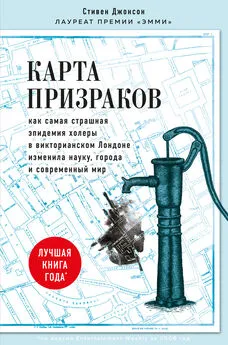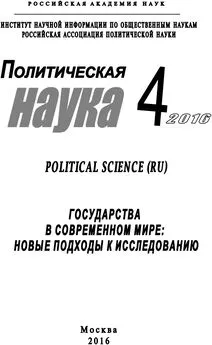Стивен Джонсон - Карта призраков [Как самая страшная эпидемия холеры в викторианском Лондоне изменила науку, города и современный мир] [litres]
- Название:Карта призраков [Как самая страшная эпидемия холеры в викторианском Лондоне изменила науку, города и современный мир] [litres]
- Автор:
- Жанр:
- Издательство:Литагент 5 редакция «БОМБОРА»
- Год:2020
- Город:Москва
- ISBN:978-5-04-107851-5
- Рейтинг:
- Избранное:Добавить в избранное
-
Отзывы:
-
Ваша оценка:
Стивен Джонсон - Карта призраков [Как самая страшная эпидемия холеры в викторианском Лондоне изменила науку, города и современный мир] [litres] краткое содержание
Карта призраков [Как самая страшная эпидемия холеры в викторианском Лондоне изменила науку, города и современный мир] [litres] - читать онлайн бесплатно ознакомительный отрывок
Интервал:
Закладка:
McLeod, K. S. “Our Sense of Snow: The Myth of John Snow in Medical Geography.” Social Science in Medicine 50 (2000): 923–935.
McNeill, William Hardy. Plagues and Peoples. New York: Anchor Press, 1976.
Marcus, Steven. Engels, Manchester; and the Working Class. New York: Norton, 1985.
Margulis, Lynn, with Dorion Sagan. Microcosmos: Four Billion Years of Evolution from Our Microbial Ancestors. Berkeley: University of California Press, 1997.
Mayhew, Henry. London Labour and the London Poor. New York: Penguin, 1985.
Mekalanos, J. J., E. J. Rubin, and M. K. Waldor. “Cholera: Molecular Basis for Emergence and Pathogenesis.” FEMS Immunol. Med. Microbiol. 18 (1997): 241–248.
Mumford, Lewis. The City in History: Its Origins, Its Transformations and Its Prospects. New York and London: Harcourt Brace Jovanovich, 1961.
Neuwirth, Robert. Shadow Cities: A Billion Squatters, a New Urban World. New York: Routledge, 2005.
Nightingale, Florence. Notes on Nursing: What It Is, and What It Is Not. Philadelphia: Lippincott, 1992.
Owen, David. “Green Manhattan.” The New Yorker, October 18, 2004.
Paneth, Nigel. “Assessing the Contributions of John Snow to Epidemiology: 150 Years After Removal of the Broad Street Pump Handle.” Epidemiology 15 (2004): 514–516.
Picard, Liza. Victorian London: The Life of a City, 1840–1870. New York: St. Martin’s, 2006.
Porter, Roy. London: A Social History. Cambridge: Harvard University Press, 1995.
Rathje, William L., and Cullen Murphy. Rubbish! The Archaeology of Garbage. Tucson: University of Arizona Press, 2001.
Rawnsley, Hardwicke D. Henry Whitehead. 1825–1896: A Memorial Sketch. Glasgow, 1898.
Richardson, Benjamin W. “The Life of John Snow.” In John Snow, On Chloroform and Other Anaesthetics, ed. B. W. Richardson. London, 1858.
Ridley, Matt. Genome: The Autobiography of a Species in 23 Chapters. New York: HarperCollins, 1999.
Rogers, Richard. Cities for a Small Planet. Boulder, CO: Westview, 1998.
Rosenberg, Charles E. The Cholera Years: The United States in 1832, 1849, and 1866. Chicago: University of Chicago Press, 1987.
–. Explaining Epidemics and Other Studies in the History of
Medicine. New York: Cambridge University Press, 1992.
Royet, Jean-Р., et al. “fMRI of Emotional Responses to Odors: Influence of Hedonic Valence and Judgment, Handedness, and Gender.” Neuroimage 20 (2003): 713–728.
Schonfeld, Erick. “Segway Creator Unveils His Next Act.” Business 2.0, February 16, 2006.
Sedgwick, W. T. Principles of Sanitary Science and the Public Health with Special Reference to the Causation and Prevention of Infectious Diseases. New York, 1902.
Shephard, David A. E. John Snow: Anaesthetist to a Queen and Epidemiologist to a Nation: A Biography. Cornwall, Prince Edward Island: York Point, 1995.
Smith, George Davey. “Commentary: Behind the Broad Street Pump: Aetiology, Epidemiology and Prevention of Cholera in Mid-19th Century Britain.” International Journal of Epidemiology 31 (2002): 920–932.
Snow, John. “The Principles on Which the Treatment of Cholera Should Be Based.” Medical Times and Gazette 8 (1854a): 180–182.
–. “Communication of Cholera by Thames Water.” Medical
Times and Gazette 9 (1854b): 247–248.
–. “The Cholera Near Golden-square, and at Deptford.”
Medical Times and Gazette 9 (1854c): 321–322.
–. “On the Communication of Cholera by Impure Thames
Water.” Medical Times and Gazette 9 (1854d): 365–366.
–. On the Mode of Communication of Cholera. 2nd ed.
London: Churchill; 1855a.
–. “Further Remarks on the Mode of Communication
of Cholera; Including Some Comments on the Recent Reports on
Cholera by the General Board of Health.” Medical Times and Gazette 11 (1855b): 31–35, 84–88.
–. “On the Supposed Influence of Offensive Trades on
Mortality.” Lancet 2 (1856): 95–97.
–. “On Continuous Molecular Changes, More Particularly
in Their Relation to Epidemic Diseases.” London: Churchill, 1853. In Snow on Cholera , ed. Wade Hampton Frost. New York: Hafner, 1965.
Snow, John, and Richard H. Ellis. The Case Books of Dr. John Snow. London: Wellcome Institute for the History of Medicine, 1994.
Snow, John, Wade Hampton Frost, and Benjamin Ward Richardson. Snow on Cholera: Being a Reprint of Two Papers. New York: The Commonwealth Fund, 1965.
Specter, Michael. “Nature’s Bioterrorist.” The New Yorker, February 28, 2005: 50–62.
Standage, Tom. A History of the World in Six Glasses. New York: Holtzbrinck, 2005.
Stanwell-Smith, R. “The Making of an Epidemiologist.” Communicable Disease and Public Health, 2002: 269–270.
Sullivan, John. “Surgery Before Anesthesia.” ASA Newsletter 60.
Summers, Judith. Soho: A History of London’s Most Colourful Neighbourhood. London: Bloomsbury, 1989.
Tufte, Edward R. The Visual Display of Quantitative Information. Cheshire, CT: Graphics Press, 1983.
–. Envisioning Information. Cheshire, CT: Graphics Press, 1990.
–. Visual Explanations: Images and Quantities, Evidence and
Narrative. Cheshire, CT: Graphics Press, 1997.
United Kingdom General Board of Health. “Report of the Committee for Scientific Inquiries in Relation to the Cholera-Epidemic of 1854.” London: HMSO, 1855.
Vandenbroucke, J. P. “Snow and the Broad Street Pump: A Rediscovery.” Lancet, November 11, 2000, pp. 64–68.
Vandenbroucke, J. P., H. M. Eelkman Rooda, and H. Beukers. “Who Made John Snow a Hero?” American Journal of Epidemiology 133, no. 10 (1991): 967–973.
Vinten-Johansen, Peter, et al. Cholera, Chloroform, and the Science of Medicine: A Life of John Snow. New York: Oxford University Press, 2003.
White, G. L. “Epidemiologic Adventure: The Broad Street Pump.” South. Med. J. 92 (1999): 961–962.
Whitehead, Henry. The Cholera in Berwick Street, 2nd ed. London: Hope & Co., 1854.
–. “The Broad Street Pump: An Episode in the Cholera
Epidemic of 1854.” Macmillan’s Magazine, 1865: 113–122.
–. “The Influence of Impure Water on the Spread of
Cholera .” Macmillan’s Magazine, 1866: 182–190.
Williams, Raymond. The Country and the City. New York: Oxford University Press, 1973.
Zimmer, Carl. Parasite Rex: Inside the Bizarre World of Nature’s Most Dangerous Creatures. New York: Free Press, 2000.
Zinsser, Hans. Rats, Lice, and History. New York: Black Dog & Leventhal, 1996 (orig. pub. 1934).
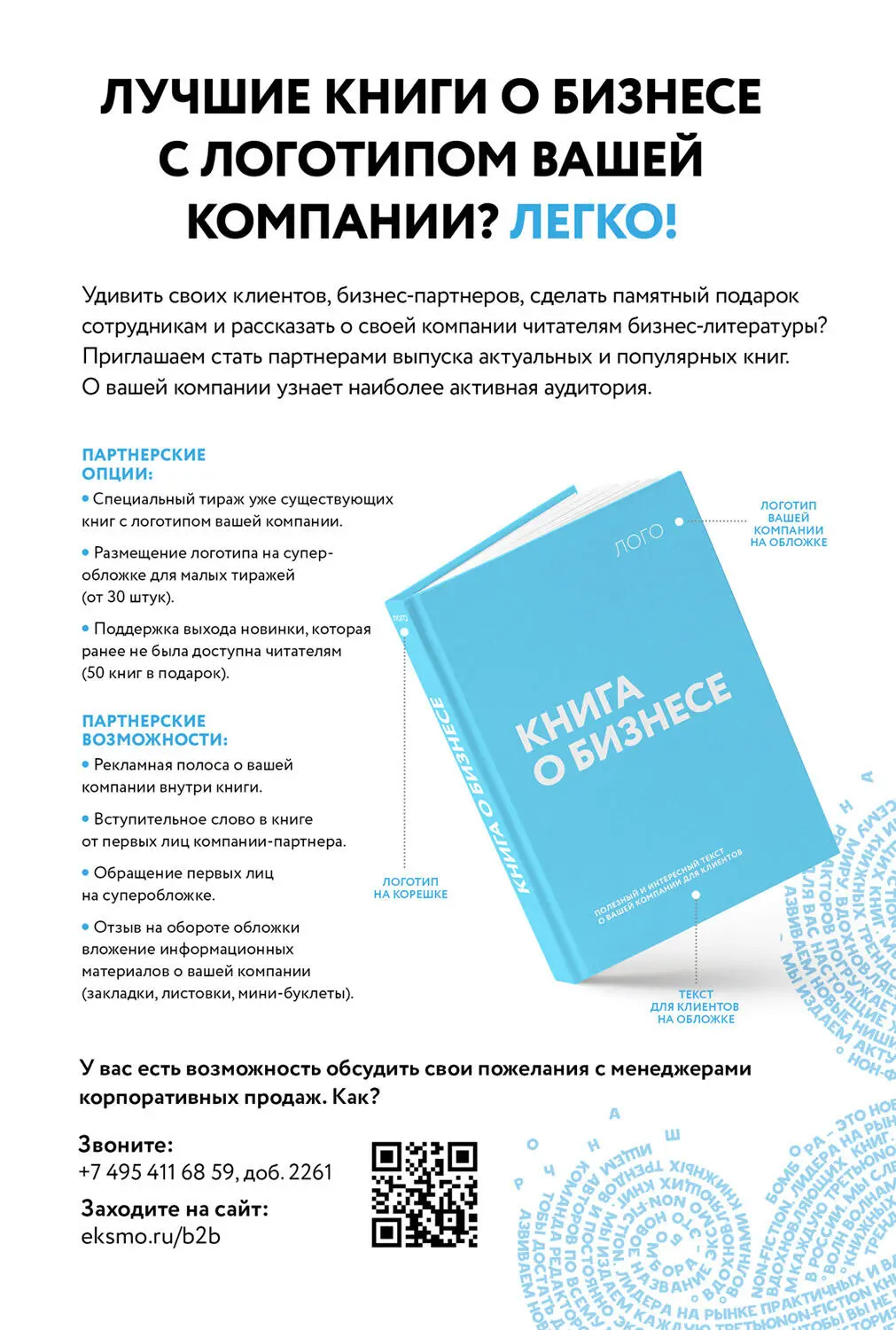
Примечания
1
Имеется в виду английский центнер, составлявший 1/20 английской тонны, или около 51 кг. – Прим. пер.
2
Pepenador – нищий, живущий на свалке (исп.). – Прим. пер.
3
Кэмбрийская эра началась 541,0 ± 1,0 млн лет назад, закончилась 485,4 ± 1,9 млн лет назад. Продолжался, таким образом, примерно 56 млн лет. – Прим. ред.
4
Этот вариант в переводе А. Кривцовой, Е. Ланна. – Прим. ред.
5
Ключевой эксперимент (лат.). – Прим. пер.
6
Долгосрочная перспектива (фр.). – Прим. пер.
7
подробнее о жизни Чедвика см. книгу Finer.
8
Роберт Мозес (1888–1981) – американский градостроитель, занимавшийся планировкой Нью-Йорка и его пригородов в середине XX века – Прим. пер.
9
Непроизвольную память (фр.). – Прим. пер.
10
Френология – лженаука, утверждающая о взаимосвязи между психикой человека и формой его черепа. – Прим. пер.
11
Томас Грэдграйнд – персонаж «Тяжелых времен» Чарльза Диккенса, «человек трезвого ума, очевидных фактов и точных расчетов». – Прим. пер.
12
За эту гипотезу я благодарен Джону Мекаланосу из Гарвардского университета. (Яргш. авт .)
13
Рассказ об эпидемии в Восточном Лондоне позаимствован в основном из книги Halliday 1999, рр. 137–143. (Прим, пер.)
14
Сквоттер – человек, который самовольно захватил пустующее жилое помещение или территорию. – Прим. пер.
15
Книга была написана в 2006 году. С тех пор это уже произошло, и, по данным ООН за 2018 год, в городах живет 55,3 процента населения Земли. – Прим. пер.
16
Американский писатель, эколог, футурист, автор первого выпуска "Каталога всей Земли", культовом сборнике об окружающей среде и технологиях.
17
Статистика из State of World Popul ьation 1996. См. http://www. unfpa.org/swp/1996.
18
Термин составлен из двух слов – telecommunications («телекоммуникации») и commuting («поездка на работу из пригорода»). – Прим. пер.
19
В 2010-х годах ученые искусственно разработали штаммы H5N1, передававшиеся между млекопитающими. – Прим. пер.
Интервал:
Закладка:
![Обложка книги Стивен Джонсон - Карта призраков [Как самая страшная эпидемия холеры в викторианском Лондоне изменила науку, города и современный мир] [litres]](/books/1065951/stiven-dzhonson-karta-prizrakov-kak-samaya-strashnaya.webp)
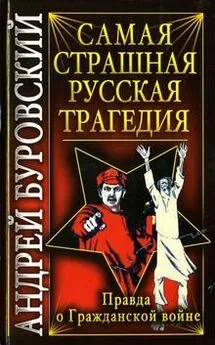
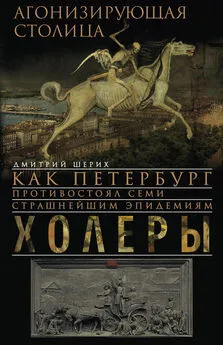
![Александр Матюхин - Самая страшная книга 2021 [сборник litres]](/books/1062735/aleksandr-matyuhin-samaya-strashnaya-kniga-2021-sborn.webp)
![Станислав Романов - Самая страшная книга 2020 [антология, litres]](/books/1074169/stanislav-romanov-samaya-strashnaya-kniga-2020-antol.webp)
![Александр Матюхин - Самая страшная книга 2019 [сборник, litres]](/books/1087885/aleksandr-matyuhin-samaya-strashnaya-kniga-2019-sborn.webp)
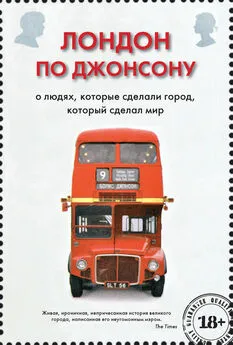

![Александр Матюхин - Самая страшная книга 2022 [сборник litres]](/books/1143293/aleksandr-matyuhin-samaya-strashnaya-kniga-2022-sborn.webp)
